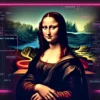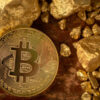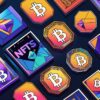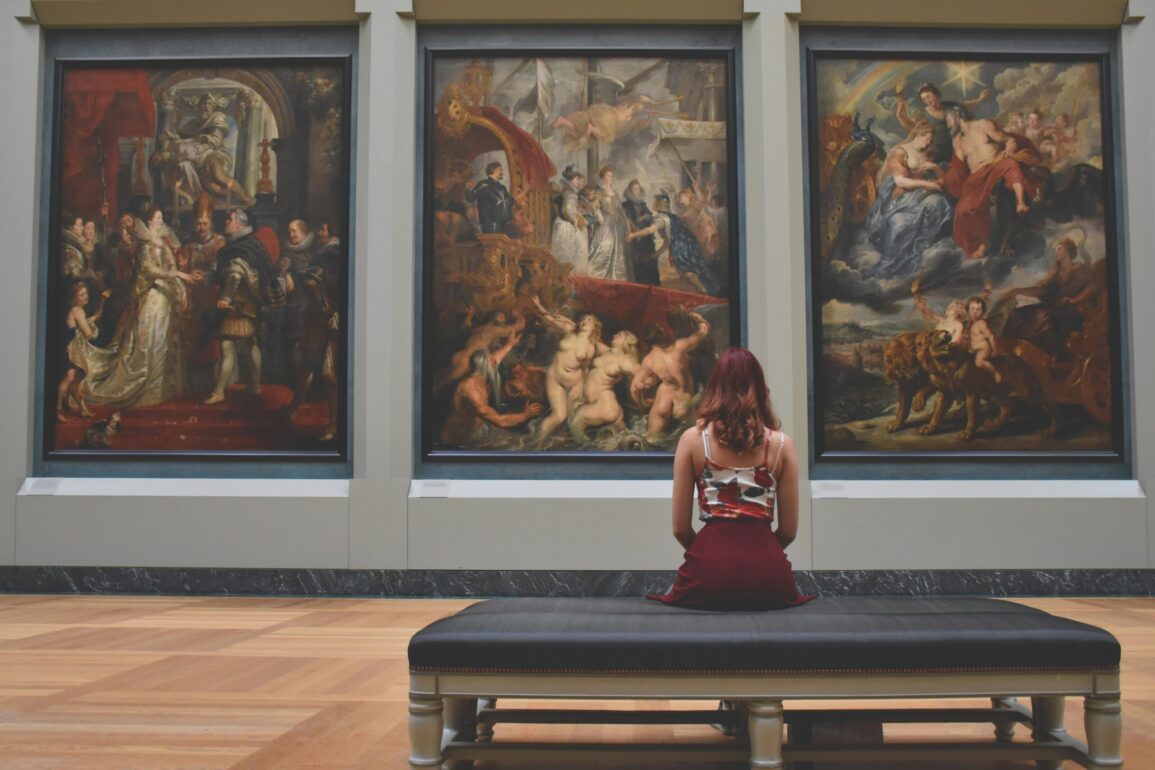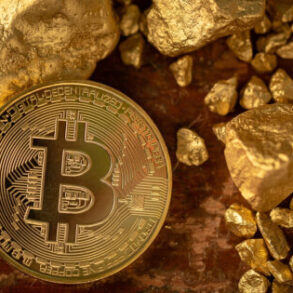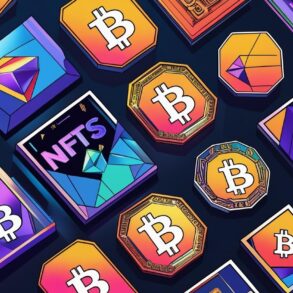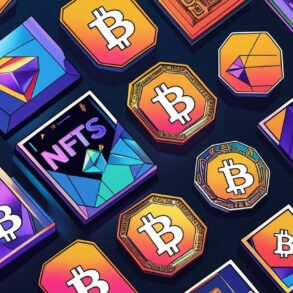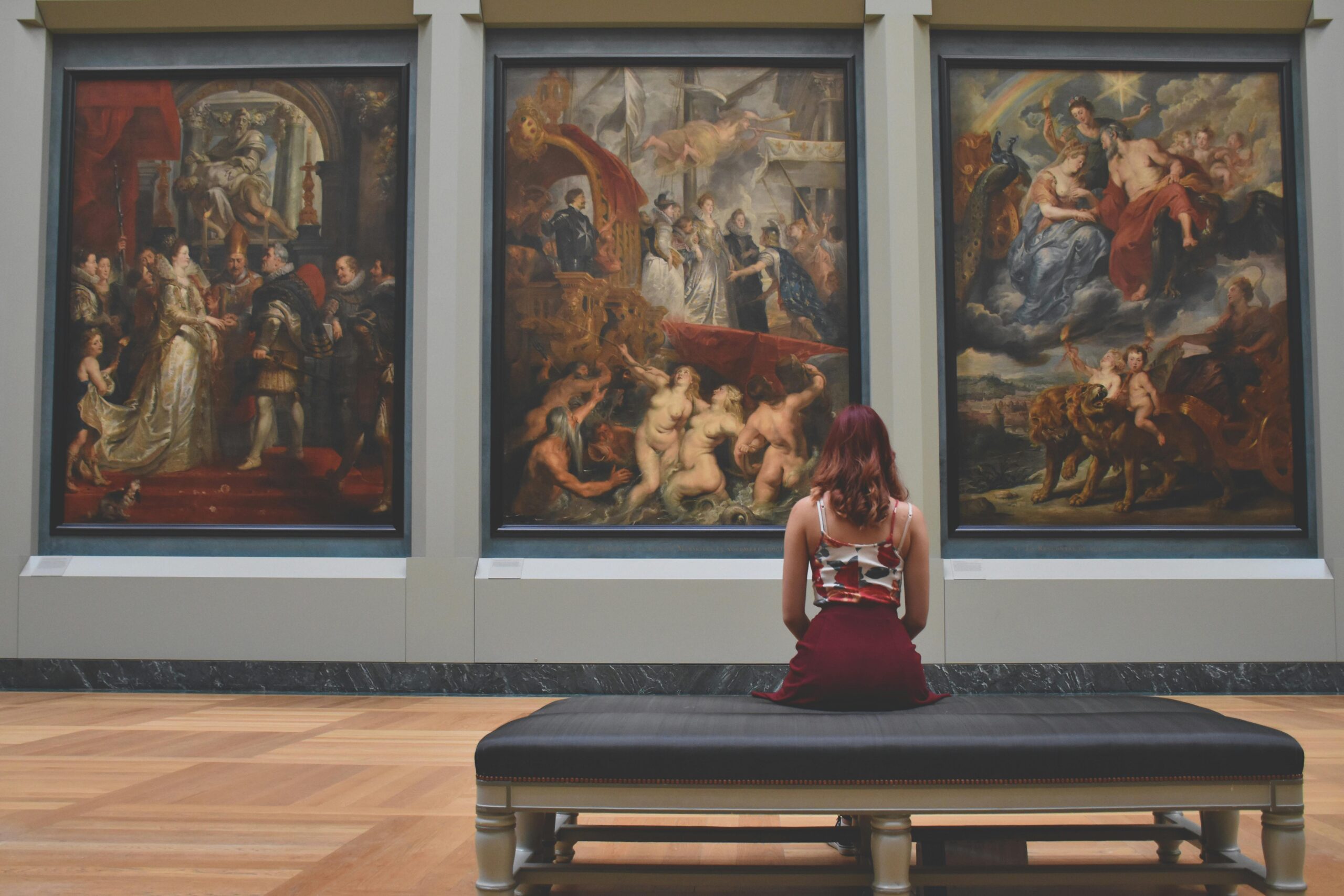
The Future of Crypto Art
It really doesn’t seem that long ago that Beeple’s NFT sold for $69 million. I imagine for everyone, especially those who’d never heard of NFTs, this came as a surprise. This happened in 2021 and since then NFTs have been fine tuning themselves into a popular source of art collection and ownership. Other platforms like btcbulltoken.com have also gained more momentum as digital assets have boomed post pandemic. This popularity is backed up by an impressive estimated market value of over $65 Billion.
It’s also safe to assume that the hype for NFTs is growing alongside the crypto platforms that support it. Blockchain, which sits at the heart of this, is a tool that offers you brand new way to tokenize art forms and offer new and exciting ways to use art. Which also re-questions the point of art. Oscar Wilde once said that ‘Art is quite useless’. Well the concept of NFTs is that it can never be. Even in digital form, a tokenised piece of art can give financial and other literal benefits.
In this piece we will look at how this is possible, while also explaining why NFTs are ruffling feathers amongst the artistic elites.
What is Tokenized Art?
When thinking about NFTs and tokenized art, you need to think about it as gaining a certificate of authenticity. The process marks down the digital artwork you buy as genuinely yours and cannot be mistaken for someone else’s, because of the nature of blockchain.
This is where most confusion lies I think. People often assume that because art is digital, it can be easily copied or transferred. The concept of NFT redifines that. It offers safe and secure, digital ownership.
For the artists themselves, it also means new ways of monetization. NFTs that are sold on normally have a percentage of the sale sent back to them – indefinitely. Which is a system that makes sense really. As an artist, it’s only fair that you gain more money when your art is sold on because of higher demand.
It’s this process that lends credibility to the popularity behind it, with the market actually expected to grow at a CAGR of 19% (from 2021 to 2026). This is substantial and lends weight to the potential beneath it. Just as currency is being questioned an redefined, so to will art and many other aspects of our life.
Defying Tradition
Other benefits of NFTs stand out substantially. When compared to traditional forms of art collection and sales, there’s an efficiency ad logical progression that can’t be ignored.
For example, the holding period. Traditionally, the period is around 25-30 years, mostly for the reason of accrueing more certain interest on the art piece. This involves a number of heads, including insurers, dealers, lawyers and storage. Whereas, tokenized art has the ability to trade instantly to the highs of the market; the process of selling is simple and far easier in comparison.
Likewise with fraud. Blockchain is an immutable record. It holds your purchase, transaction and ownership in a fixed state until you wish to sell. Considering that there is an estimated 15%-20% in fraud activity with traditional methods, this is an attractive prospect.
Fractionalisation can also be considered. Where digital versions of original pieces – like Picasso’s Fillette au béret, can be broken down into segments and sold into digital tokens. And who doesn’t want to own a Picasso? This opens up the market to everyone, not just a select few.
The Future of Art
Adoption of NFTs is growing. Physical artworks are now being sold with an accompanying NFT (and larger, more expensive pieces have included fractionalisation also). This has been backed up by big names too – Sotheby’s, Christie’s and more are all utilising digital platforms to stay at the forefront of what they offer. This has also occurred with historical pieces in Florence, again tokenised into small fragments to share ownership and enjoyment.
The future is no doubt going to encorporate more elements of digitalisation. Although at present a divide appears, between those that understand the potential of NFTs and those that don’t, this too will change as larger names adopt digitalisation. More effort will be made in order to educate people on how the blockchain works and how it is influenced by crypto. Once a better understanding is established, more people will be willing to take the plunge.
AI is also making art, which is a strange concept. Art made by artificial intelligences that still sell for huge amounts of money – Obvious Art’s ‘ Portrait of Edmond de Belamy’ sold of $432,000. It raises the question further about what art is and how it should be enjoyed. Whether it’s an oil canvas touched by Napoleon’s hand or an AI created NFT of a monkey in a top hat; the point is that art is subjective enough to appeal much more broadly than traditional pieces ever could. It can become completely accessible to everyone – and everyone has their own preferences and tastes.
With the digital art market expected to reach ¢211 Billion by 2030, its clear that NFTs have already, fundamentally changed the way we perceive art, its value and its use. The fact that certain priveledges can be embued into the digital art too adds to its value and pull. It’s an exciting prospect, and one that will ultimately draw us all in together.
This post was originally published on this site be sure to check out more of their content

